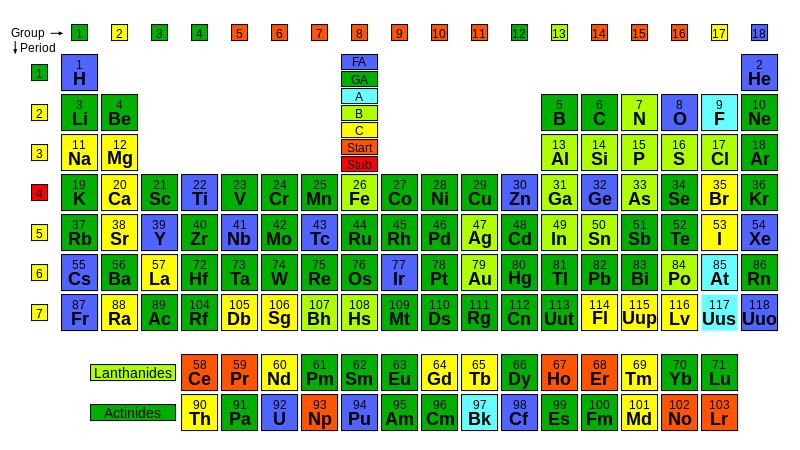8.2: Minerals
- Page ID
- 1113
Minerals are elements that are essential for body functions that cannot be synthesized in the body. Some people refer to them as elements instead of minerals, and the names can be used interchangeably. However, in the nutrition community, they are more commonly referred to as minerals. Minerals can be divided up into three different categories:
- Macrominerals
- Trace Minerals (aka Microminerals)
- Ultratrace Minerals
There is not an exact, agreed on definition for how the different categories are defined, but in general they are defined by the amount required and found in the body such that:
\[ \text{Macrominerals} > \text{Trace Minerals} > \text{Ultratrace Minerals}\]
Table 8.22 shows the estimated amount of the macrominerals, trace minerals, and ultratrace minerals found in the body.
| Macrominerals | Trace Minerals | Ultratrace Minerals | |||
|---|---|---|---|---|---|
| Calcium | 1200 g | Iron | 4 g | Silicon | 1 g |
| Phosphorus | 780 g | Fluoride | 3-6 g | Boron | 17 mg |
| Potassium | 110-140 g | Zinc | 2.3 g | Nickel | 15 mg |
| Sodium | 100 g | Copper | 70 mg | Arsenic | 7 mg |
| Chloride | 95 g | Selenium | 14 mg | Vanadium | 0.1 mg |
| Magnesium | 25 g | Manganese | 12 mg | ||
| Iodine | 10-20 mg | ||||
| Molybdenum | 5 mg | ||||
| Chromium | 1-2 mg | ||||
Minerals are elements. Figure 8.21 below shows the distribution of minerals in the periodic table, which you should be familiar with from your chemistry education.

Figure 8.21: Minerals are elements, this figure shows their position within the periodic table, (Public Domain; Stone),
References & Links
- Emsley, John. Nature’s building blocks : an A-Z guide to the elements. 2001. Oxford, Oxford University Press.


